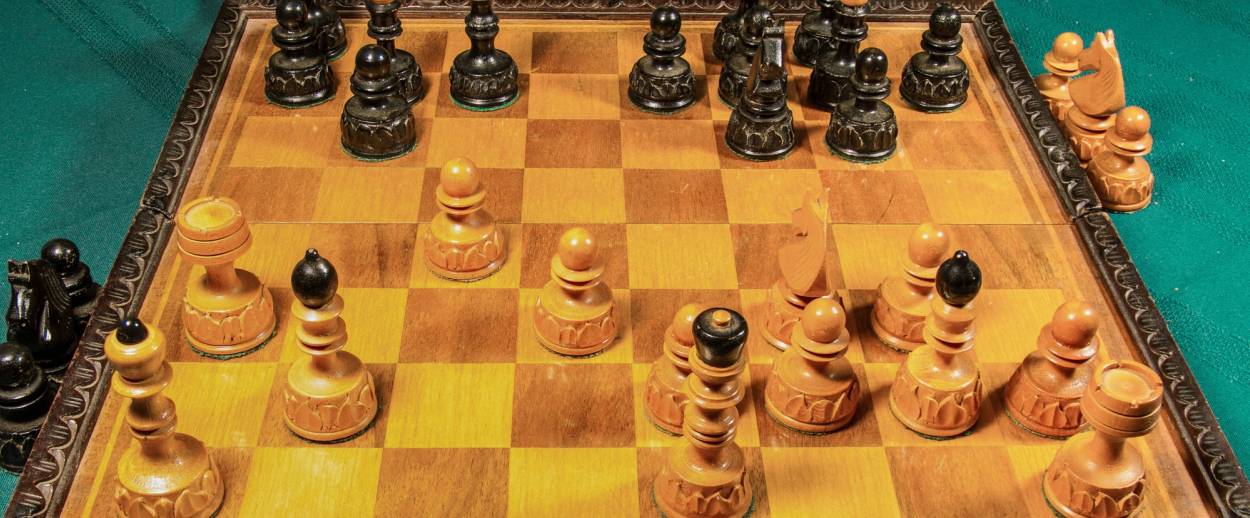World Chess Hall of Fame Inducts Two Jewish Masters Who Helped Shape the Way the Game is Played
Mazal tov to Aron Nimzowitsch and Richard Réti!




At some point during your chess career, I imagine you’ve fiddled around with this piece and that, moving a pawn here and a knight there—with likely no mind to the genius behind it. And how could you, as you are but a vainglorious amateur!
But fear not kings and queens, a chess lesson is upon thee, because the news cycle has bestowed upon us a reason to celebrate two of the game’s most important historical figures—Aron Nimzowitsch and Richard Réti—whose theoretical contributions continue to be guiding lights for newbies and masters alike. Nimzowitsch and Réti headline this year’s class of inductees to the St. Louis-based World Chess Hall of Fame. Though they will be officially enshrined (as they say) in April, Nimzowitsch and Réti left their mark on the game long ago, in the early 20th Century.
Nimzowitsch, a Yiddish-speaking son of a wealthy timber merchant, was brought up in Riga, then a part of the Russian Empire. During the Russian Revolution, he escaped the draft by pretending to be mad, then traveled to Berlin and used the name Arnold, “possibly as a precaution against anti-Semitism,” wrote Hans Kmoch, a contemporary. Nimzowitsch later settled in Copenhagen and would become the third-ranked player in the world from 1925 to 1930, chiefly because of his unconventional approach to the game (more on this below, nerds). He died of pneumonia at the age of 48 and is buried in Copenhagen.
In his 1929 obituary, JTA described Réti as “the famous Jewish chess champion of Czechoslovakia,” which is a string of seven terrific words. Réti was born in Bazin (then in Austria-Hungary; now called Pezinok, in Slovakia), and his birth certificate shows the name Selig (זעליק). He would go on to study mathematics in Vienna (naturally) and soon earned the rank of grandmaster. He was once the world record holder for most blindfold chess games played simultaneously—29 (29!)—accomplishing this feat in São Paolo in 1925. Réti died of scarlet fever at the age of 40.
That they will be posthumously inducted in tandem is no mistake: They are the champions of the hypermodern movement, a system that aims for control of the center of the board from afar, which challenged the prevailing orthodoxies of the time. Nimzowitsch and Réti both authored numerous books on chess theory and were top-flight players, although neither reached the rank of world champion; that generation was dominated by Alekhine and Capablanca.
If you have ever studied or read about opening chess theory, you’ve probably come across a number of opening systems named for Nimzowitsch, the most famous of which is the Nimzo-Indian Defense. Réti too, has an opening bearing his name (Réti Opening), which he famously employed to end Capablanca’s 8-year, 63-game win streak in New York in 1924.
Joining Nimzowitsch and Réti is Kira Zvorykina, a three-time winner of the Soviet Women’s Chess Champion and Women’s World Chess Championship challenger.
Jonathan Zalman is a writer and teacher based in Brooklyn.